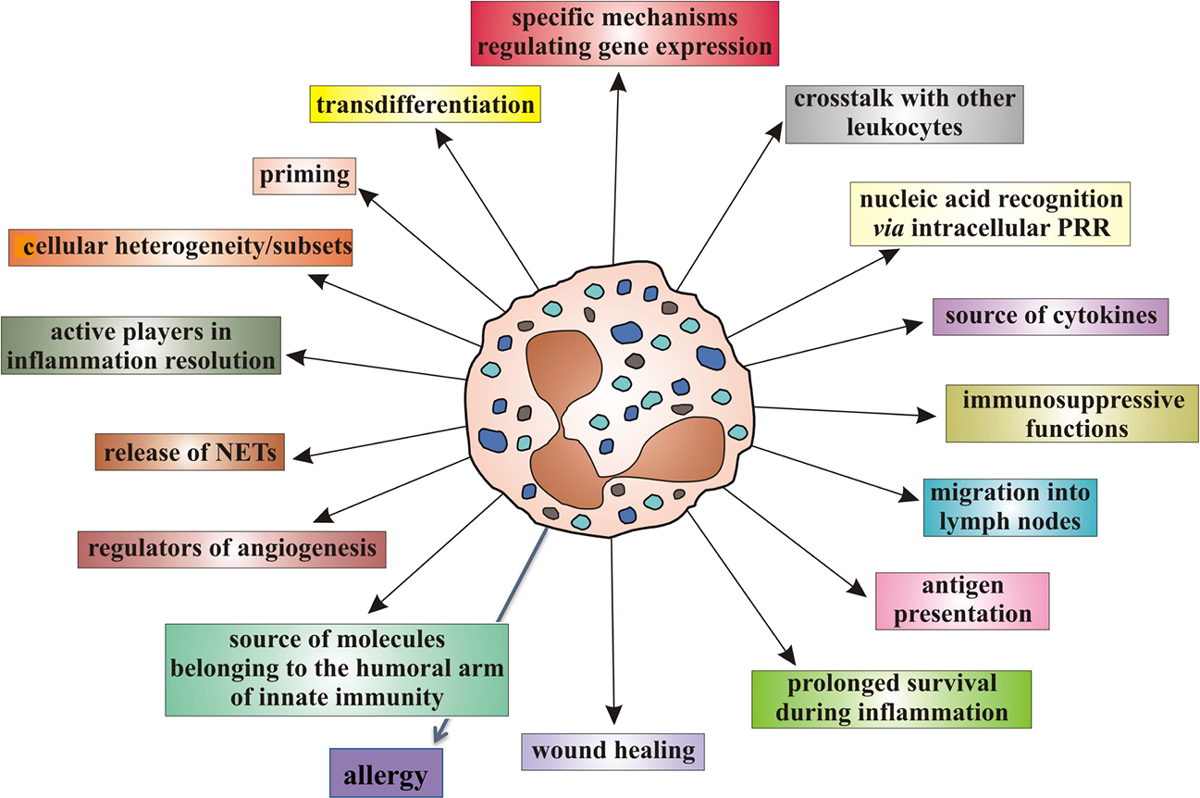Cost Analysis Related to Dose-response of Spinal Manipulative Therapy for Chronic Low Back Pain: Outcomes from a Randomized Controlled Trial
SOURCE: J Manipulative Physiol Ther. 2014 (Jun); 37 (5): 300–311
Darcy A. Vavrek, ND, MS, Rajiv Sharma, PhD,
Mitchell Haas, DC, MA
University of Western States,
Portland, OR.
OBJECTIVE: The purpose of this analysis is to report the incremental costs and benefits of different doses of spinal manipulative therapy (SMT) in patients with chronic low back pain (LBP).
METHODS: We randomized 400 patients with chronic LBP to receive a dose of 0, 6, 12, or 18 sessions of SMT. Participants were scheduled for 18 visits for 6 weeks and received SMT or light massage control from a doctor of chiropractic. Societal costs in the year after study enrollment were estimated using patient reports of health care use and lost productivity. The main health outcomes were the number of pain-free days and disability-free days. Multiple regression was performed on outcomes and log-transformed cost data.
There are more articles like this @ our:
Low Back Pain and Chiropractic Page
and the:
RESULTS: Lost productivity accounts for most societal costs of chronic LBP. Cost of treatment and lost productivity ranged from $3398 for 12 SMT sessions to $3815 for 0 SMT sessions with no statistically significant differences between groups. Baseline patient characteristics related to increase in costs were greater age (P = .03), greater disability (P = .01), lower quality-adjusted life year scores (P = .01), and higher costs in the period preceding enrollment (P < .01). Pain-free and disability-free days were greater for all SMT doses compared with control, but only SMT 12 yielded a statistically significant benefit of 22.9 pain-free days (P = .03) and 19.8 disability-free days (P = .04). No statistically significant group differences in quality-adjusted life years were noted.
CONCLUSIONS: A dose of 12 SMT sessions yielded a modest benefit in pain-free and disability-free days. Care of chronic LBP with SMT did not increase the costs of treatment plus lost productivity.
From the FULL TEXT Article:
INTRODUCTION
The estimated incidence of moderate back pain is 10–15% of the adult population, with a point prevalence of 15–30%. [1–3] Low back pain is the 5th most common reason for physician office visits in the US. [4, 5] Amongst people with LBP, who see a complementary and alternative medicine (CAM) practitioner for any reason, approximately 49% see a doctor of chiropractic for LBP. [6, 7] The use of CAM, including chiropractic care, has increased significantly over the past 50 years, [2, 8] and may be associated with lower treatment costs. [9–11]
Back pain is the 4th costliest health and productivity burden for US employers among physical and mental health conditions. [7, 12] Biennial expenditures were estimated as high as $35.7 billion for ambulatory services for chronic back pain in 2006 to 2007. [13] Including indirect costs, annual US costs of LBP could range from $84.1 to $624.8 billion. [5, 7] A recent study in the UK found that patients with chronic LBP had annual treatment costs that were twice those of matched controls. [14] Furthermore, episodes of LBP have been associated with increased spending on other health conditions. [15]
Read the rest of this Full Text article now!





Leave A Comment